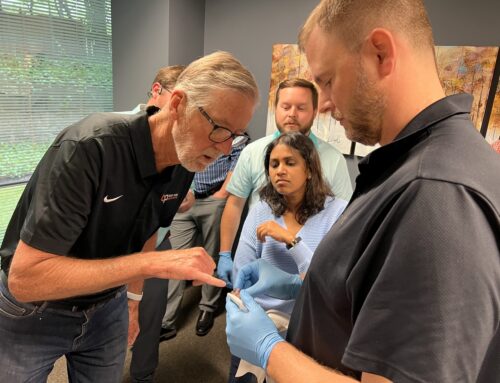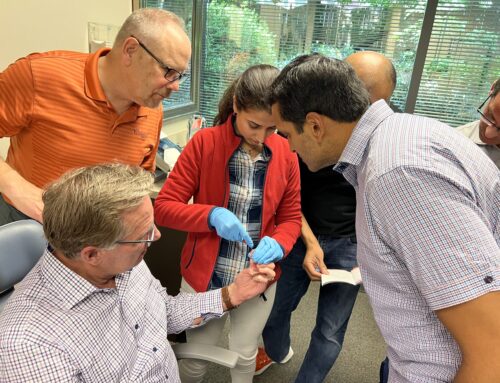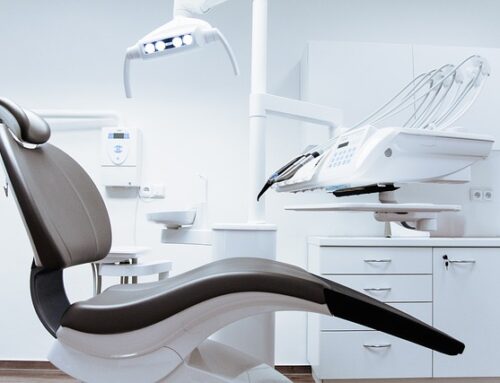When told blood pressure is this number, we pay attention. When we are told AHI is this number, we don’t care. Why is it that we take this number so lightly? I think this is just as important to pay attention to as any other condition. Just as we care about BP measurements, we should also care about apnea hypopnea index, or AHI. I can’t say exactly why the AHI number recommendation goes ignored. But to help, let’s take a closer look at what AHI means for sleep apnea and our patients.
What is AHI?
It is the average number of combined apneas and hypopneas per hour. This helps to determine the severity of a person’s sleep apnea. Here is what to look for:
- Normal sleep: Fewer than 5 events per hour.
- Mild sleep apnea: 5 to 14 events per hour.
- Moderate sleep apnea: 15 to 29 events per hour.
- Severe sleep apnea: 30 or more events per hour.
While this scale is only for adults, children tend to be less likely to experience sleep apnea episodes. However, most specialists see an AHI above 1.5 as abnormal in children. They typically need treatment if their AHI is 5 or higher.
Treating sleep apnea
Patients with moderate or severe AHI scores may need to use a CPAP machine while sleeping. However, as many of you know, not all of our patients are adherent to the CPAP or can’t tolerate it. When this is the case, it is important to identify oral appliance therapy as an alternative treatment for their sleep apnea.
Lifestyle changes might also be something that you, or their physician, discuss. These changes will often include weight loss, exercising, smoking cessation and changing sleeping position, such as flipping from the back to sleeping on the side or stomach. These lifestyle changes are especially important for those with mild sleep apnea to try to minimize health comorbidities.
What are some ways to improve understanding of AHI numbers and how we can help our patients? I am open to hearing what you all do to continue to help your patients with sleep apnea.






